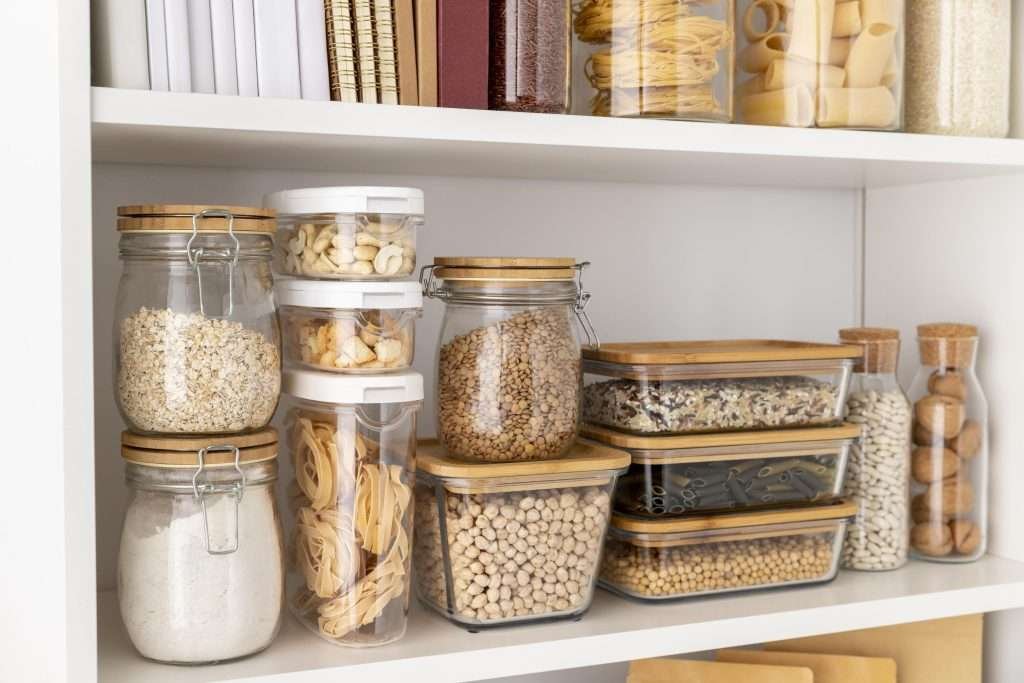Introduction
A cutting board is an essential tool in every kitchen, providing a safe and convenient surface for all your chopping, slicing, and dicing needs. With so many options available, it can be challenging to determine which cutting board is best suited for your needs. In this blog post, we will explore the different types of cutting boards, their pros and cons, and how to properly maintain them to ensure a safe and efficient kitchen experience.
Types of Cutting Boards
- Wooden Cutting Boards
Pros:
- Gentle on knives, preserving their sharpness
- Naturally antibacterial and self-healing
- Aesthetically pleasing and available in various wood types
Cons:
- Can be more expensive
- Requires regular maintenance, such as oiling
- Not dishwasher safe
- Plastic Cutting Boards
Pros:
- Affordable and lightweight
- Easy to clean and dishwasher safe
- Available in various colors for color-coding to prevent cross-contamination
Cons:
- Can develop deep grooves over time, harboring bacteria
- Not environmentally friendly, as plastic cutting boards are non-biodegradable
- May dull knives faster than wooden cutting boards
- Bamboo Cutting Boards
Pros:
- Eco-friendly and sustainable option
- Naturally antibacterial and resistant to knife scars
- Lightweight and durable
Cons:
- Requires regular maintenance, similar to wooden cutting boards
- Not dishwasher safe
- Can be harder on knives than wood
- Glass Cutting Boards
Pros:
- Easy to clean and dishwasher safe
- Non-porous surface, preventing bacterial growth
- Aesthetically pleasing with various designs available
Cons:
- Can easily damage knives, causing them to dull quickly
- Slippery when wet, posing a safety risk
- Noisy when in use
How to Properly Maintain Your Cutting Board
- Clean your cutting board after each use with warm soapy water and a soft sponge or cloth. Avoid using abrasive cleaners or scrubbers, as they can damage the surface.
- For wooden and bamboo cutting boards, oil them regularly with food-grade mineral oil to prevent them from drying out and cracking. Apply a thin layer of oil and let it absorb for a few hours or overnight before wiping off the excess.
- Sanitize your cutting board periodically, especially after cutting raw meats, poultry, or fish. You can use a solution of one tablespoon of bleach in a gallon of water, or use white vinegar for a more natural alternative.
- Store your cutting board in a dry area, away from direct sunlight or extreme temperatures. This will help prevent warping and cracking.
Conclusion
Choosing the right cutting board for your kitchen depends on your personal preferences, budget, and intended use. Consider factors such as knife-friendliness, maintenance, and hygiene when making your decision. By investing in a high-quality cutting board and properly maintaining it, you’ll ensure a safe and enjoyable cooking experience for years to come. Browse our selection of cutting boards at KitchenSak and find the perfect fit for your kitchen today!




I was excited to uncover this great site. I need to to thank you for your time for this particularly wonderful read!! I definitely enjoyed every part of it and I have you book marked to check out new stuff in your web site.